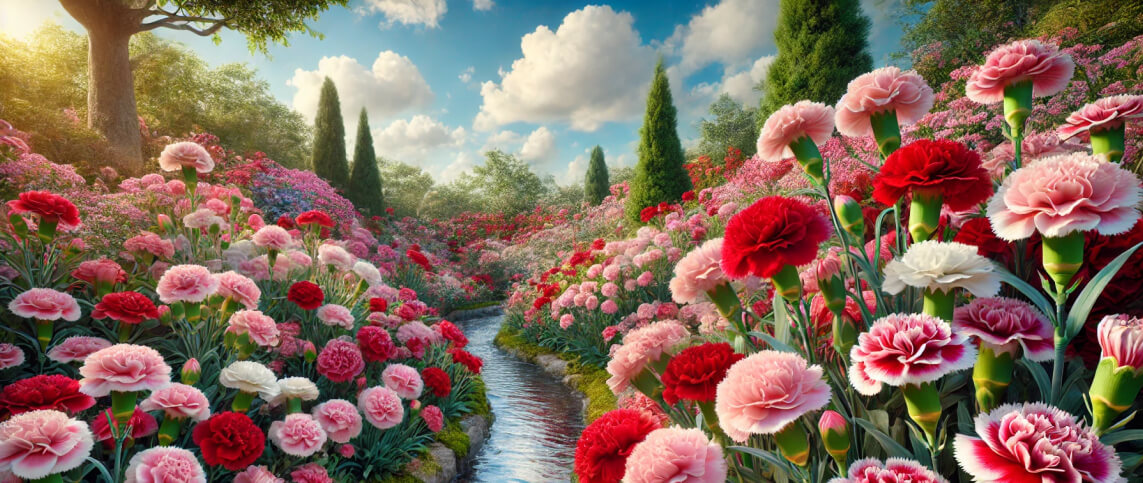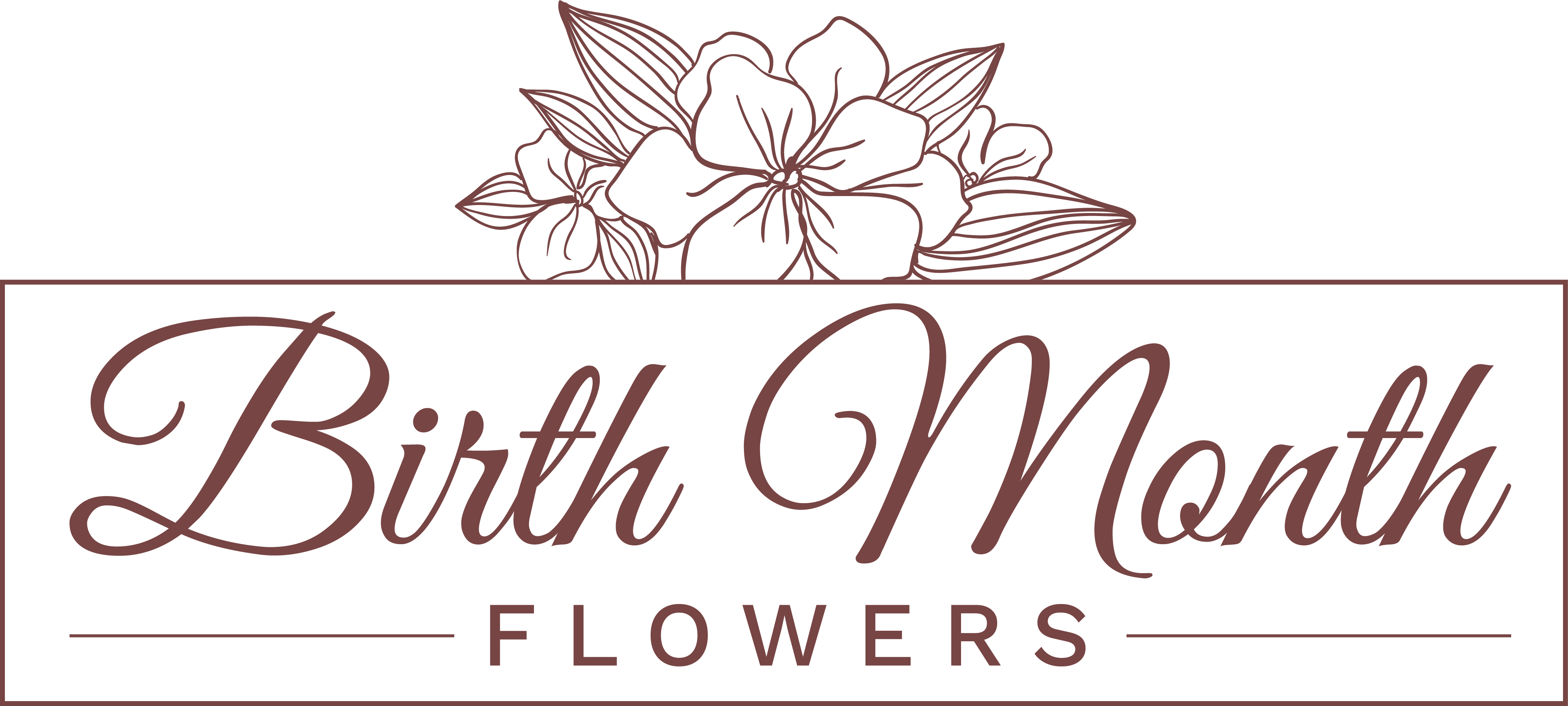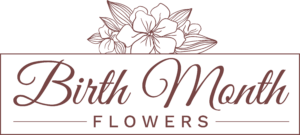Carnation Flower Bouquet
Dianthus caryophyllus commonly known as the carnation, is a herbaceous perennial plant. It produces sweetly scented flowers that exist either in small groups or singly.
Carnations & All You Should Know About Them

Long-blooming, prolific, and fragrant – carnations (Dianthus caryophyllus) are the perfect choice as January birth flowers. But this is not all. There is so much more to these vibrant blooms. They are a cottage garden classic and summer favorite. Carnations are not just beautiful flowers; they hold deep cultural significance and are associated with love, distinction, and motherly affection.
Carnations – Facts & Description
Dianthus caryophyllus commonly known as the carnation, is a herbaceous perennial plant. It produces sweetly scented flowers that exist either in small groups or singly. Also, these flowers naturally exist in bright pinkish-purple but are cultivated in so much more colors, including red, pink, yellow, white, and green. Although some carnations are dyed blue for bouquets, no true blue carnations exist. This plant can grow to 80 cm (31 inches) tall. Its leaves are slender and come in shades of greyish-green to blue-green.
Guide Info About Carnations
| Common Name | Carnations |
|---|---|
| Scientific Name | Dianthus |
| Family Name | Caryophyllaceae |
| Plant Type | Perennials |
| Hardiness | 5-9 |
| Maintenance | Low |
| Exposure | Full sun |
Where Do Carnations Get Their Name From?
Let’s get into the taxonomy of these blooms. The name “carnation” might come from the Latin word “corona,” meaning wreath or crown. It is believed so because these flowers were used in ceremonial crowns in Greek and Roman times. Besides, Carnations have a history that goes back 2,000 years, first mentioned in Greek literature.
Another possibility is that it comes from the Latin word “caro” (flesh) which refers to the flower’s natural color. The name “dianthus” was created by the Greek botanist Theophrastus. You should know that it comes from the Ancient Greek words “dios” (divine) and “anthos” (flower), meaning “divine flower.”
What Are the Uses of Carnations?
You can utilize these flowers in the most unexpected ways. Yes, that’s right; the uses of carnations will leave you in awe. They bring the following benefits to the table:
- Perfect for both gardens and floral arrangements
- Carnations help relieve fever and upset stomach
- They are edible; add mild clove-flavor to food items
Carnations as January Birth Flowers
Carnations are assigned as the primary birth flowers for January. These add a diverse set of symbolism to this month. As aforementioned, you can get carnations in a wide range of colors and each of them represents a different meaning. The original blooms – the pinkish-purple ones – are associated with affection and love. Since they carry such rich symbolism, they offer a great way to elevate your celebrations. Incorporating them in your gifts makes them meaningful and memorable.
FAQs About Carnations
The reason why people give carnations is because they symbolize love. And it’s not just romantic love. In fact, these pompous flowers also perfectly express familial love and love for a friend.
Carnations are usually reasonably priced. However, their cost varies based on factors like color, quality, and season. It also depends on your florist.
Carnation or Dianthus caryophyllus is a herbaceous plant with both male(stamen) and female (ovary) reproductive organs.

